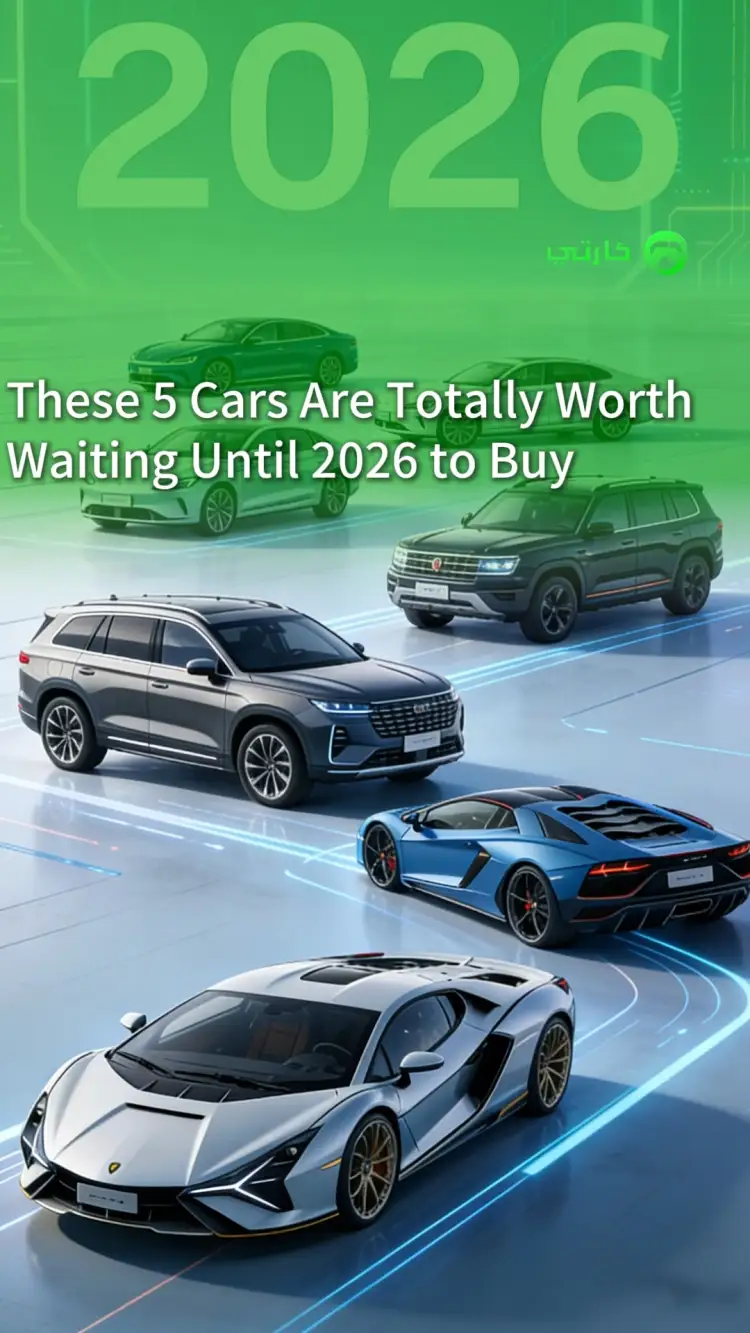- Battery Electrical Vehicle (BEV)
- Hybrid Electric Vehicle (HEV)
- Plug-in Hybrid Electric Vehicle (PHEV)
- Ranqe Extend Electric Vehicle (REEV)
- FCEV (Fuel Cell Electric Vehicle)
New Energy Vehicle (NEV) refers to the use of non-conventional vehicle fuel as a power source ( or using conventional vehicle fuel, but adopting a new type of on-board power unit), integrated vehicle power control and drive advanced technology, the formation of advanced technical principles, with new technology, new structure of the car.

Main types of new energy vehicles are as follows: Battery Electrical Vehicle (BEV), Hybrid Electric Vehicle (HEV), Plug-in Hybrid Electric Vehicle (PHEV), Ranqe Extend Electric Vehicle (REEV), and Ranqe Extend Electric Vehicle (REEV). (HEV), Plug-in Hybrid Electric Vehicle (PHEV), Ranqe Extend Electric Vehicle (REEV), and Fuel Cell Electric Vehicle (FCEV), and so on.
At present, Chinese new energy cars, such as BYD, MG, Geely, are leading the industry.
Battery Electrical Vehicle (BEV)
Representative models: Tesla Model Y, BYD Atto 3

BEV is the abbreviation of Battery Electrical Vehicle, which is typically characterised by charging but not refuelling, relying on the battery to power the electric motor and drive the car.
Hybrid Electric Vehicle (HEV)
Representative models: Toyota Camry Hybrid, Honda Accord HEV

HEV is the abbreviation of Hybrid Electric Vehicle, and HEV models are characterised by the fact that they can only refuel and cannot be charged externally.
The main power is derived from fuel, driving mainly by the engine, but the engine can charge the battery. The electric motor is mainly used for low-speed situations such as starting and stopping the car, but with the addition of the electric motor, it is able to reduce the need for fuel. When the speed comes up, only by the engine and the electric motor both collaborate to drive the car, can effectively reduce the average fuel consumption of the vehicle.
Plug-in Hybrid Electric Vehicle (PHEV)
Representative model: BYD Seal DM-i

PHEV (Plug-in Hybrid Electric Vehicle) is also a kind of hybrid electric vehicle, and its typical feature is that PHEV can be refuelled as well as externally charged, and the engine can also charge the battery, and it can be driven by the engine alone, or by the electric motor alone, or both of them at the same time.
Therefore, PHEVs will not only have a conventional engine and transmission, but also a large-capacity battery and associated control circuitry to drive the electric motor, which can travel tens of kilometres or even hundreds of kilometres in purely electric mode.
When the battery power is enough, the car is usually driven by the electric motor, when the power is insufficient, the engine will intervene to drive the vehicle, and at the same time to charge the battery.PHEV models of the power comes from the engine and high-power electric motor superimposed on the two, so the power will be relatively strong.
Ranqe Extend Electric Vehicle (REEV)
Representative models: BMW i3, LIAUTO L9

REEV sounds unfamiliar, in fact, is the ranqe extend electric vehicle, REEV its typical characteristics are both fuel and external charging, but the engine is only used for charging, can not be used to drive, and ultimately is driven by the motor driving.
{"车系ID": "1896", "车系名称": "Jetour T2"}REEV models are first driven by the engine to generate electricity from the generator, and then the electricity generated by the generator is stored in the battery, which provides energy to the electric motor and then drives the vehicle.
The disadvantage of this is that there is an energy loss in the conversion to electricity, which is not as straightforward as driving the vehicle directly from the engine. This is indeed a disadvantage of the add-on electric vehicle, but its advantages far outweigh the disadvantages. REEV models can not only be powered by the engine, but can also be able to charge external charging, a full charge. It is a pure electric car.
If you fill up with gas and electricity at the same time, its range is very objective, and there is no pure electric car range anxiety, which is one of the biggest advantages of REEV models.
{"车系ID": "1953", "车系名称": "Geely Tugella"}FCEV (Fuel Cell Electric Vehicle)
Representative models: Toyota Mirai, Hyundai Nexo

FCEV refers to the fuel cell vehicle. Currently, the most used is hydrogen fuel, through the chemical reaction of hydrogen and oxygen, to provide electrical energy for the electric motor, and then drive the vehicle driving. The product of the chemical reaction of the fuel cell is only water, so there is no pollution emission, and it can truly achieve zero emission.
The current cost of hydrogen production is still relatively high, and the hydrogen refuelling station is not popular, so the new energy vehicles using hydrogen fuel are not common, except in Japan, the United States and other countries where the hydrogen refuelling station is relatively popular.
2 / 5





.webp?x-oss-process=image/format,webp/interlace,1/quality,q_70/resize,w_750)




.png?x-oss-process=image/format,webp/interlace,1/quality,q_70/resize,w_750)


